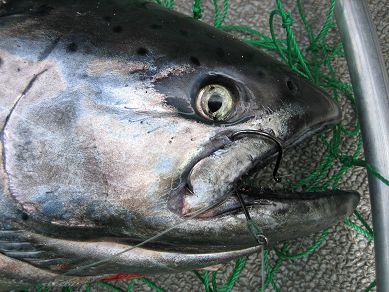How to catch salmon on the Columbia River Tech Tip #2a – What technique is best?
Check out our Astoria Fishing Charters and Washington Halibut Charters This post should actually be called "How to Catch Spring Chinook on the Columbia River!" and "Why is trolling so much…
Comments Off on How to catch salmon on the Columbia River Tech Tip #2a – What technique is best?
February 3, 2010

